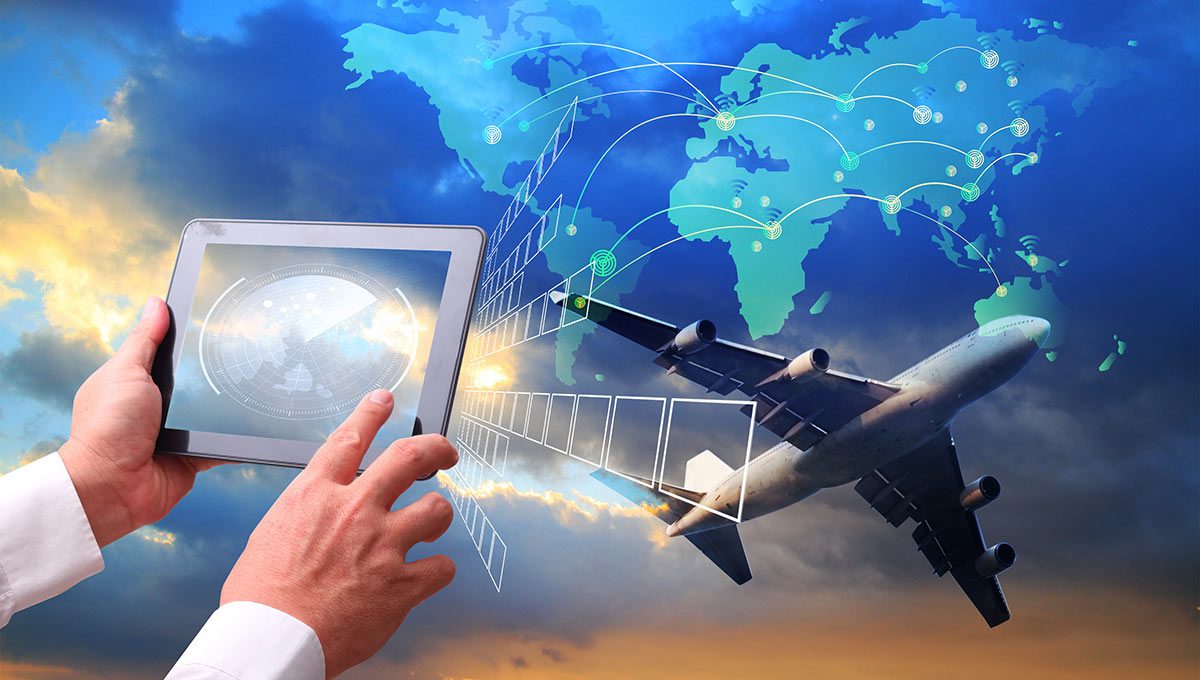The 5G Market in Aviation is anticipated to reach a valuation of US$ 7.8 Bn at a CAGR of around 26.4% through 2032, according to a recent analysis by Future Market Insights (FMI). Because a 5G network has a superior overall range and quality, the aviation industry is concentrating on tiny cells. Small cells are low-power cellular radio access nodes with a range of 10 meters to a few kilometers. They can operate in several spectrums. This is a crucial strategy for raising quality, connectivity, and resilience.
The greater range and superior quality of the 5G network have shifted the aviation industry’s attention to tiny cells. Small cells are low-power cellular radio access nodes with a range of 10 meters to a few kilometers. They can operate in several spectrums. This is a crucial technique for boosting resilience, connectivity, and quality.
Key Findings from the Aviation 5G Market Study
- The technology area is anticipated to be led by Enhanced Mobile Broadband. A key component of 5G technology’s quickest connection is enhanced mobile broadband.
- The CAGR for the U.S. from 2022 to 2032 is 25.9%.
- Small cells are anticipated to experience the highest growth, with a CAGR of 25.8% from 2022 to 2032.
Who is triumphant?
Leading competitors in the aviation 5G market are concentrating on building out the 5G infrastructure in airports for better connectivity and virtual access to log data. The aviation business uses the 5G market to control and reduce passenger volume.
Among others, Ericsson, Nokia, Cisco Systems, Panasonic Avionics Corporations, Huawei Technologies Co. Ltd., Gogo Llc, Anuvu, OneWeb, Aeromobile Communication, Smartsky Network, Inseego Corp., and Intelsat are important players in the aviation industry’s 5G market.



































